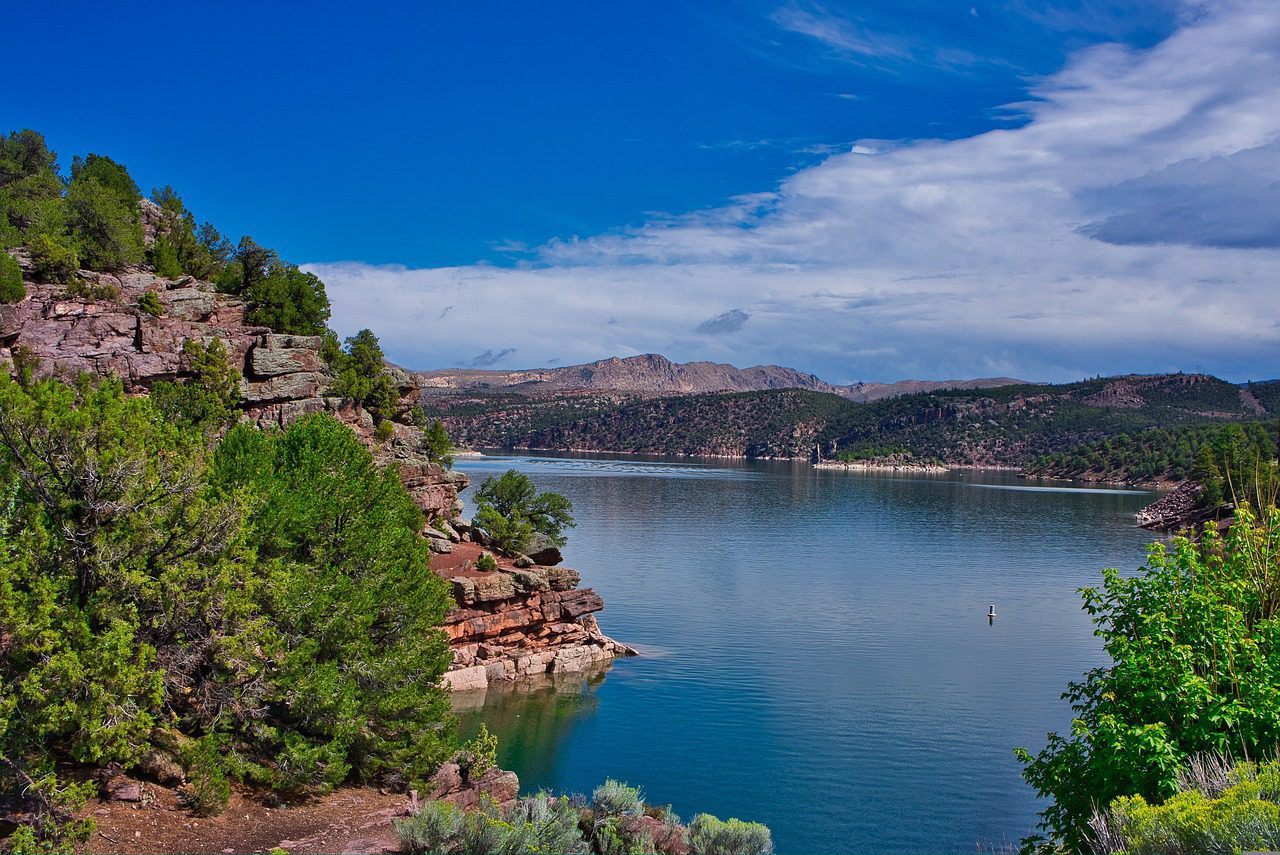Water levels in the Flaming Gorge are dropping.
As part of a measure to keep Lake Powell operational during the drought, releases from Flaming Gorge have been viewed as a temporary fix.
The next decision on draw-downs of the reservoir, which spans southwest Wyoming and northeastern Utah, has locals worried. The Public Broadcasting Station reports that receding water levels have forced marina owners to dredge to accommodate boats. Not only are recreational enterprises suffering, but they worry about the impact on the Flaming Gorge ecosystem.
reports that receding water levels have forced marina owners to dredge to accommodate boats. Not only are recreational enterprises suffering, but they worry about the impact on the Flaming Gorge ecosystem.
No Solutions in Sight.
This weekend, Colorado Public Radio reported that water leaders, agricultural producers, environmentalists and others gathered at a seminar in Grand Junction on Friday to discuss how they would cut back on water use. They didn’t have comprehensive solutions to help and instead, see a dire situation ahead.
reported that water leaders, agricultural producers, environmentalists and others gathered at a seminar in Grand Junction on Friday to discuss how they would cut back on water use. They didn’t have comprehensive solutions to help and instead, see a dire situation ahead.
The Challenge: 9.0 vs 17.5 Million Acre-Feet.
Colorado Public Radio writes that scientists are recommending that water managers plan for the river to provide just 9 million acre-feet of water annually. According to a publication by the Utah Department of Water Resources , the Colorado River typically produces 17.5 million acre-feet a year, illustrating the sheer drop in water availability for the Colorado River Basin states, Mexico, and the Native American Tribes that rely on the river.
, the Colorado River typically produces 17.5 million acre-feet a year, illustrating the sheer drop in water availability for the Colorado River Basin states, Mexico, and the Native American Tribes that rely on the river.
The grim situation is not expected to improve anytime soon, especially if another La Nina results in poor snowpack this winter.


Leave a Reply